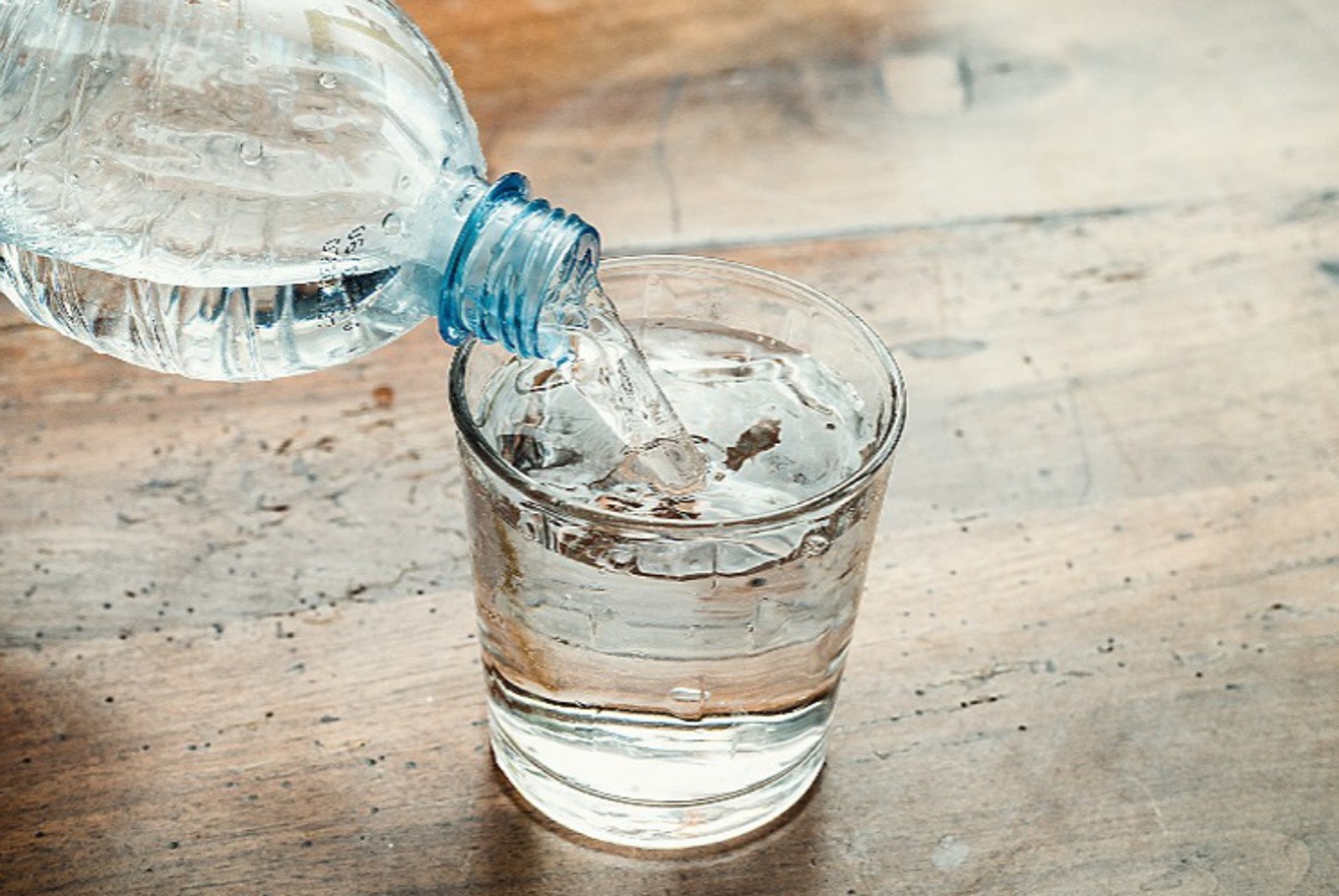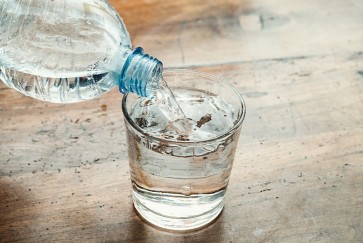Popular Reads
Top Results
Can't find what you're looking for?
View all search resultsPopular Reads
Top Results
Can't find what you're looking for?
View all search resultsSadly, water, sanitation and hygiene still not for all Indonesians
Statistics Indonesia (BPS) revealed that last year only 74 percent of the population had access to adequate drinking water. The lack of access to water is not a new story.
Change text size
Gift Premium Articles
to Anyone
W
ater is a human right. The right to water means everyone has the right without discrimination to adequate, safe, accessible and affordable water for personal and domestic use, which consists of water for drinking, personal and household sanitation and hygiene, washing of clothes, food preparation, etc.
Water, sanitation and hygiene (WASH) are grouped together because of their codependent nature. Without toilets, water sources become contaminated; without clean water, basic hygiene practices are not possible. We can also say WASH cannot be separated not just for survival, but also as they are interconnected rights.
Can everyone in Indonesia claim and benefit from their right to safe water? Sadly, the answer is, “No, not yet.”
Statistics Indonesia (BPS) revealed that last year only 74 percent of the population had access to adequate drinking water. The lack of access to water is not a new story. When in elementary school in the 1990s, during every dry season I needed to fetch water when the well in my house dried up, which meant I had to wait up to an hour at a time for my bucket to fill up. As it is common for children and women to be responsible for household water collection, my story is the story of many children and women where I come from: rural eastern Indonesia.
Last year BPS reported that eastern Indonesia gained less access to proper drinking water compared to western Indonesia and villages had 17 percent less access to water than people in the cities.
The NGO where I work, Plan Indonesia, reported in “Child Rights Situation Analysis” in 2017, in line with BPS data, that whilst the conditions of water supply systems vary throughout Indonesia, the most underserved are poor households in rural provinces in eastern Indonesia, where there is unequal access to safe water sources. This inequality is lived as an everyday reality.
Inequality of access to clean water exists not only between urban and rural, east and west, but also for people with disabilities, women and children. Plan Indonesia’s research showed that women took primary responsibility for WASH in households, but more than half of households had never included women in decisions related to water and sanitation.


















